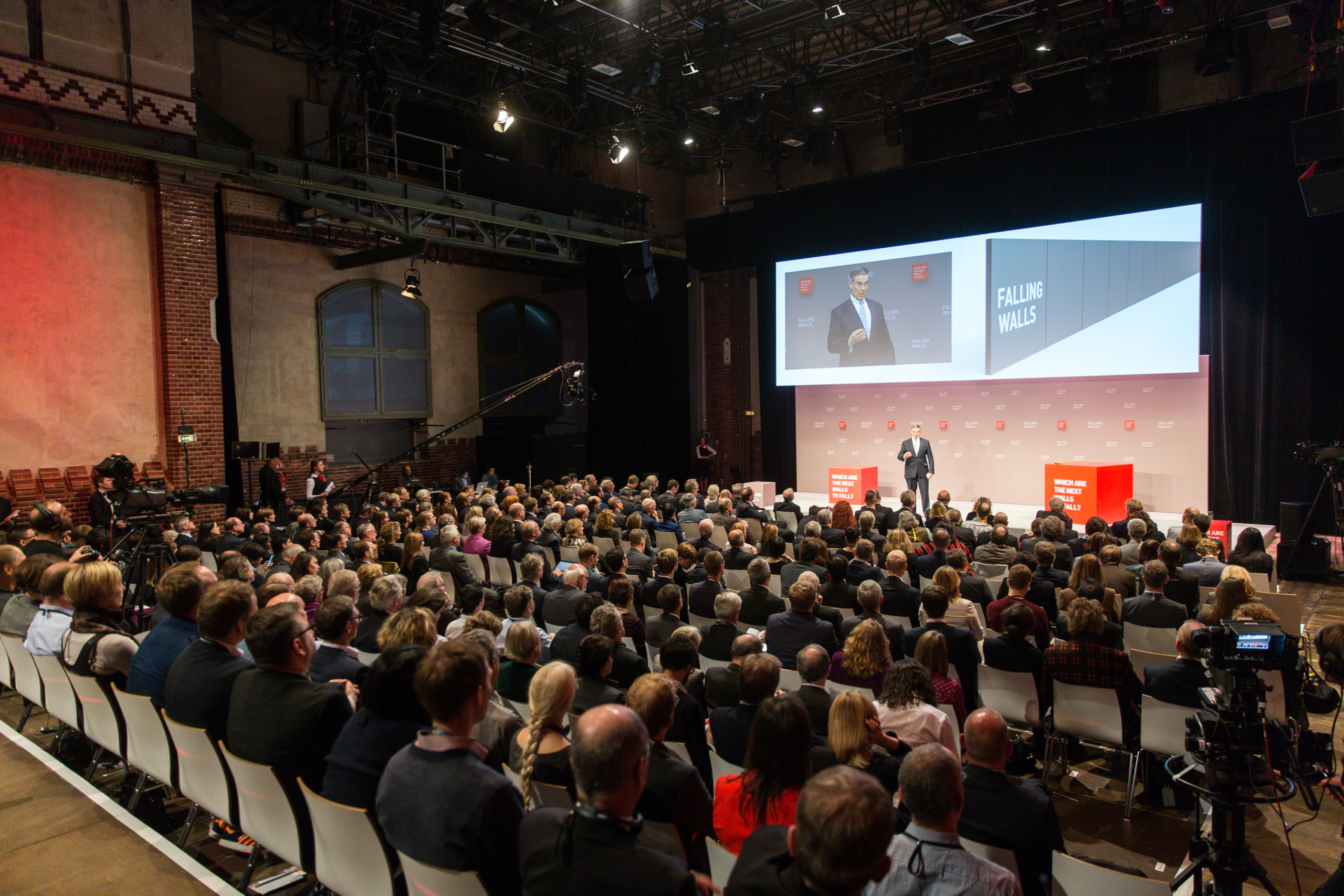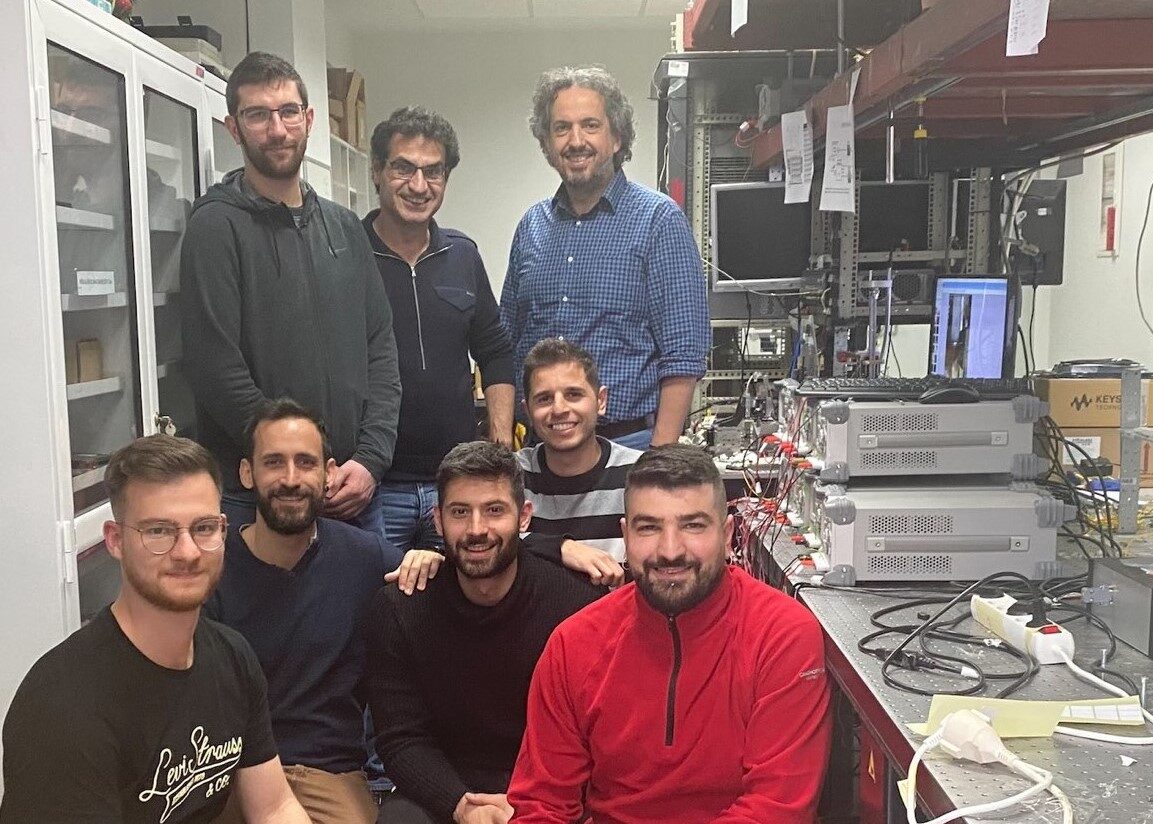If you believe that science has been the key factor in human evolution, then you would not like to miss the opportunity to attend an international forum where twenty top researchers made announcements about their projects related to all scientific fields. That is the Falling Walls Conference which was born in Berlin six years ago on November 9th to coincide with the day the Berlin people pulled down the wall of shame in 1989.
One day before the official start of the event a hundred researchers- among them the greek Dr Sotiris Eugenides- presented in a three-minute talk their views about the next walls to fall and stepped towards their own top. Their presentations were evaluated by a jury consisting of the most highly honored academics and professor Carl-Henrik Heldin president of the Nobel Prize Foundation. This year the most promising project was a device developed by Dr Sabrina Badir ETH biomechanics that can determine the risk of premature birth. She also reported that the product is ready to be released for consumer use after the completion of some clinical testing.
The next day we enjoyed a generous winter sunshine which has become a typical case for Berliners lately and they try (some of them hard) to get used to this local climate change. The first day of the Conference opened with Johana Wanka, Federal Minister of Education and Research. In five minutes (1/3 of the speaker’s time) she assured the audience in the packed conference Hall that the German economy will continue to play a leading role in investing more in research and development. She also guaranteed that the new opportunities coming up with the great numbers of people from Syria and southern Europe will be optimized. She also stated that in 2013 German investments in research mounted to 80 billion euros -2,85% of GNP- 2/3 of which came from private investors and by 2020 they target 3,5%. Her opening speech portrayed german punctuality and accuracy both of which we witnessed too, commuting in the city and using public transportation.
Nano –bombs against cancer
The paper you are just reading this article is 100.000 nanometers thick. If we leave the real world and move to the scientific field of nanotechnology this is a huge number since the research examines dimensions ranging from 1 to 100 nanometers, a molecule of sugar of a flu virus.
Jackie Ying, Director of the Singapore Institute of Bioengineering and Nanotechnology, left the USA in 2003 for Singapore, in order to find the first lab worldwide that focuses on the research of nano-dimensions. Her scientific team has developed microspheres, invisible to the human eye, capable of encapsulating several ingredients, such as drugs or proteins to fight against tumors and microbes. They have also taken the health benefits of green tea to the next level by using one of its main ingredients to develop nanocomplexes for delivering anti-cancer protein drugs with very promising results.
Planetary nervous network
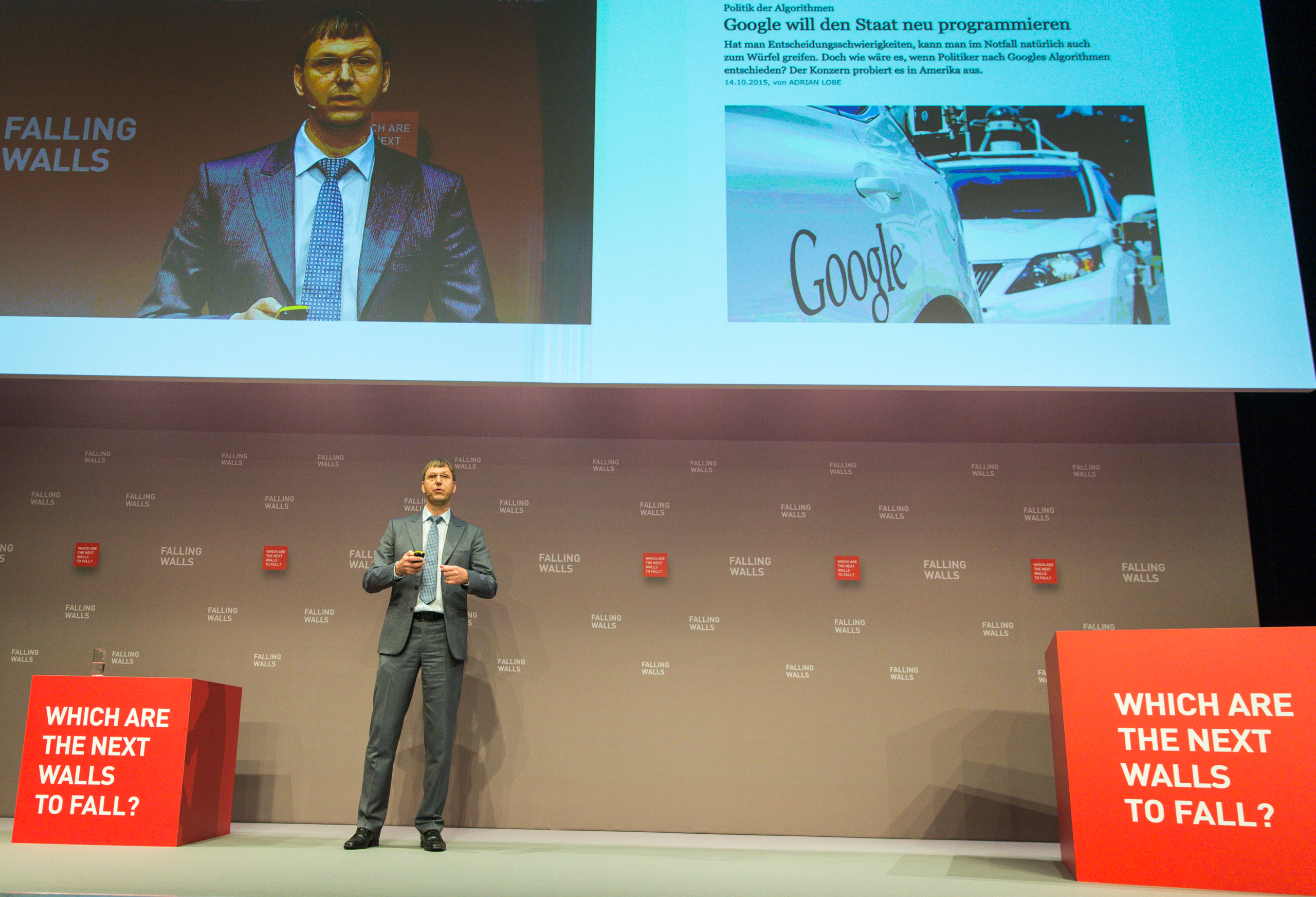
Land farming takes a lot of close interaction between the farmer and the land itself which sends messages if it may need more watering or fertilization. But the farm belongs to a small part of the regional agricultural ecosystem which also belongs to a small part of the agricultural ecosystem of a country. How would it be possible for a system to be aware of the special needs of all the farming lands on a country level or even on a planet level? The positive answer comes from Dirk Helbing, a professor of Computational Social Science at the Swiss Federal Institute of Technology in Zurich (ETH Zurich). According to professor till our days, Internet has been a network of tangible computers. The rapid developments in microelectronics enable us to make so tiny and inexpensive electronic circuits that they can be attached to any object and interconnected. The Internet of Things or the Internet of everything is expected to have consisted of 20 times more objects interconnected in comparison with the global population. To bring the whole idea down to earth this supernetwork may connect a cardiac pacemaker, a domestic thermometer, a fridge, a lamp, a humidity sensor in a vineyard, a glass of wine and many more. All these objects will generate huge amounts of data which will be standardized and processed by supercomputers in order to form feasible socio-economic scenarios. In this way, billions of everyday objects will change into sensors that will enable people to acquire global knowledge and manage earth’s resources constructively. This information platform will be open and based on the principles of democracy, transparency and ethical scrutiny.
Artificial Intelligence
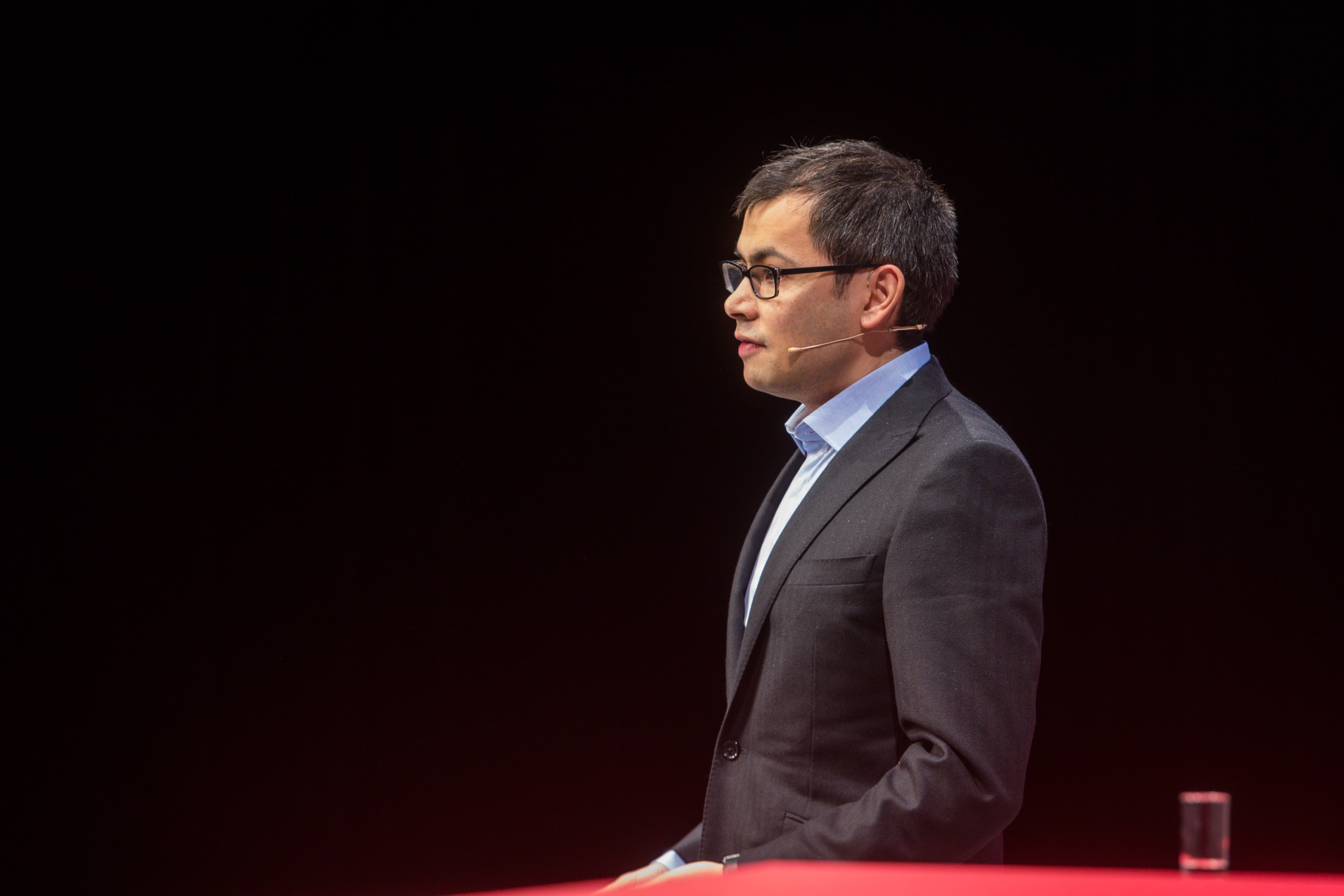
Dennis Hassabis, a greek Chinese computer scientist and entrepreneur saw his career starting as a chess prodigy and unrepentant gamer before finishing school. In 2010 at the age of 34, he was the co-founder of Deepmind which was acquired in 2014 by Google for 500 million dollars. Deepmind focuses on Artificial Intelligence projects having gathered 150 of the most renowned researchers in this field. In five years time, Deepmind algorithms were able to surpass human abilities in video games like Space Invaders or Break out. However, scientists are not high-score gamers. Their prime target when developing AI projects is to provide humanity with all the mental or physical tools to perform more efficiently. Practically it is expected that computers will offer a wide variety of choices in crucial decision-making and robots will execute multiskilling tasks. Although concerns about the fatal risks of AI to humanity have been explicitly expressed by Stephen Hawking one of the most eminent physicists and Elon Musk a shrewd businessman they do not seem to hinder AI progress. When Hassabis was asked to comment on these fears he clarified that after the takeover by Google it was stipulated that a Board of Ethics would be established to look into the potential risks of AI applications and he excluded the possibility of future military use.
Playing with genes as if they were legos
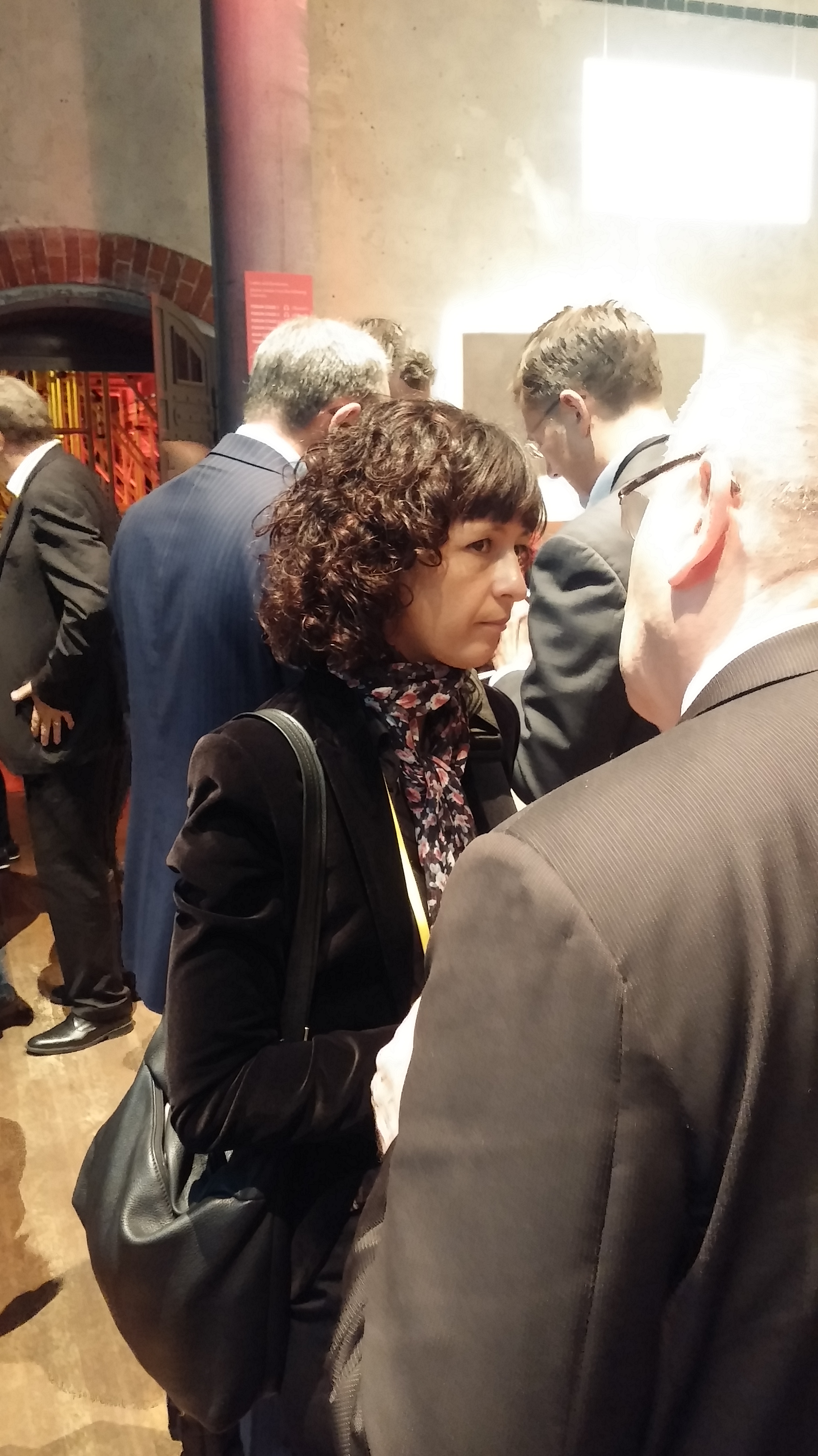
In the second part of the event, there was a presentation about the mapping of the human immune system. I wondered – rather loudly- which immune they were talking about, the one we already have or the one we will get through genetic modifications. The casually dressed woman sitting next to me smiled and answered “probably the second one”. Only when she was invited to the podium did I realize that my question was answered by Emmanuel Charpentier. She is a Max Planck, Berlin, researcher and she came up with the most efficient and inexpensive way to manipulate genome editing called CRISPR. Although Science Magazine welcomed the CRISPR Revolution did not overlook the direct and substantial threats to humanity which could be more serious than Artificial Intelligence. When the professor was asked she stressed that it is a technology easily accessible and that practically it can be used needing the minimum knowledge in genetics after a 48-hour training. Scientists are so concerned about the possible consequences of inappropriate use of the new invention that they have called for an Ethics Board to set specific safety guidelines.
Being in the Wonderland
After a marathonian eight hour attendance at the conference, I felt like Alice in Wonderland. The reported breakthrough discoveries opened up windows to entirely new worlds. Andrea Accomazo, Flight Director of ESA’s Rosetta mission succeeded in the historic first landing on a comet’s surface. Nina Kraus from the Auditory neuroscience laboratory explained how music can enhance brain activity and Wolfang Ketterle MIT professor and 2011 Nobel Laureate in Physics broke the absolute zero temperature bringing the atoms of materials to a standstill. Then these atoms are reconstructed to form new kinds of materials with different qualities from the originals.
When I finally left the conference behind the sun had already set and the city was asking me for a walk. After a couple of kilometers, I reached the famous Bernauer Strasse where the Wall that so violently separated people and ideas was initially pulled down. I raised my eyes in the sky and I noticed a tiny bright light spot moving without flashing like airplanes do. It was the International Space Station flying at 23.000 km per hour hosting three six astronauts from three different countries proving that science can knock down barriers and bridge the gaps between people and ideas.
